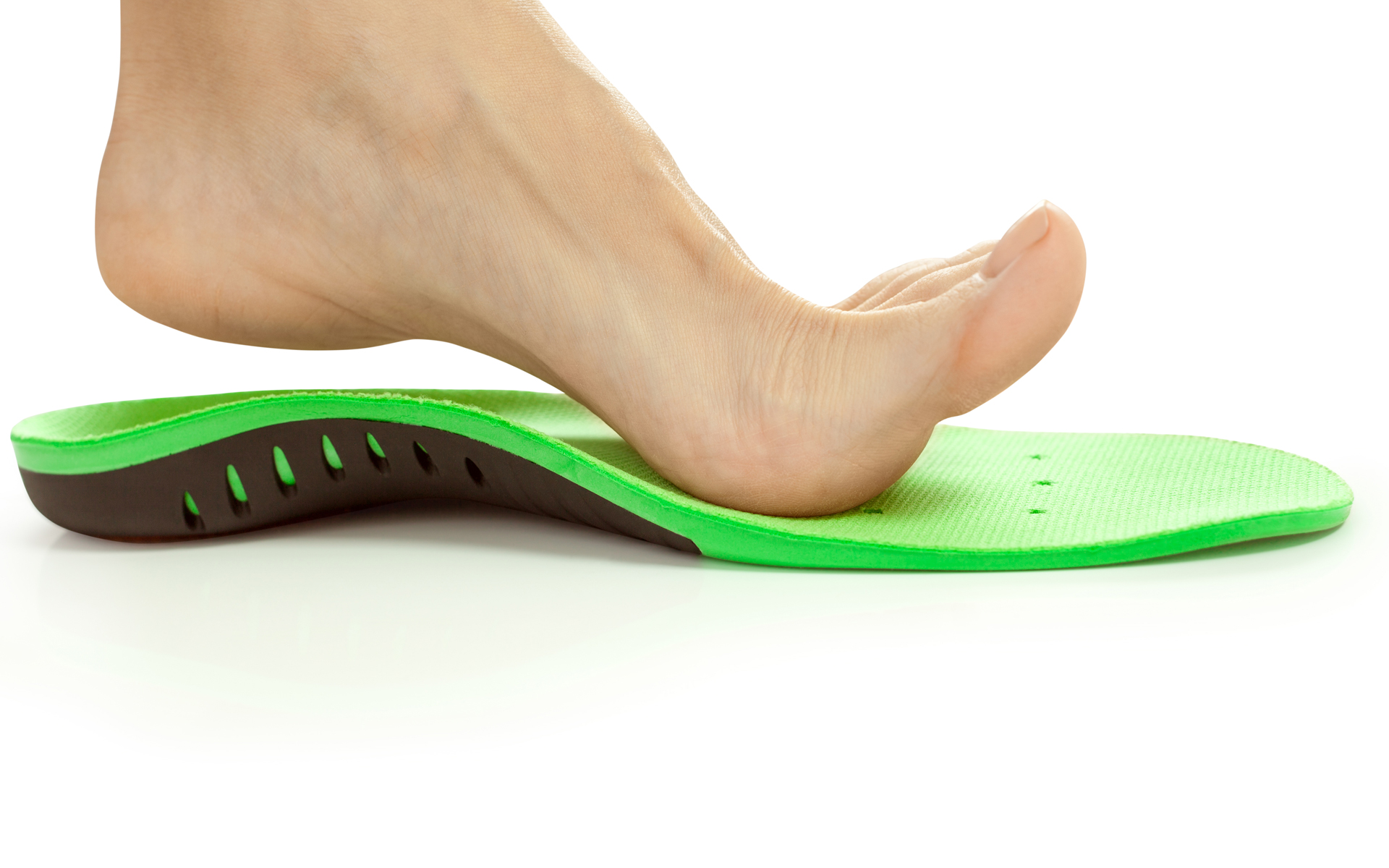Manual Osteopathic Therapy
Manual Osteopathic Therapy is a whole-body treatment. Treatment focuses on the area of pain as well as the rest of the body.
Manual Osteopathic Therapy may be covered by insurance. Please check with your insurance company to see if you are covered prior to booking. Manual Osteopathic Therapy is not directly billable by all plans yet. You may have to pay at the clinic and receive a receipt. Then you will submit the receipt to your insurance company for reimbursement.
Manual Osteopathic Therapy has up to five components that could be combined in one treatment.
The five components are lymphatic drainage, myofascial, cranial sacral, osteo-articulations, and visceral manipulations.
Manual Osteopathic Therapists use several techniques to loosen joints and tissues. The articular technique involves gently moving two joint surfaces using the clients own isometric muscle contraction ability. Before doing this, Manual Osteopaths carefully prepare the soft tissues around the treatment area. They also move the patient into a position that will minimize or eliminate the energy and force needed to perform the maneuver. They also use muscle energy techniques. Many patients find this gentle technique less forceful than joint adjustment techniques.
MOT vs Massage
What is the difference between MOT and Massage? While massage is mainly focusing on muscular related conditions, MOT can work on much wider ranges beyond massage such as on spine, bones, joints, internal organs, body fluids, etc. The conditions that MOT can treat are also more extensive.
MOT vs Chiro
Chiropractic treatments mainly focus on the spine while MOT focuses on the entire body, even internal organs, and body fluids. Chiro could also be more aggressive and painful while MOT is a pain free procedure with gentle approaches. Therefore, many clients love MOT due to its wider ranges and pain free techniques which will achieve the same or in some cases, even better results than Chiro.
Cranial Osteopathy
This is a very gentle Osteopathic technique, and it requires the most experience to use it effectively. To learn this technique, Manual Osteopaths undergo intensive training. Through this training, their hands become sensitive to cranial mobility and develop great precision in utilizing cranial techniques. Manual Osteopathic Therapists use this gentle technique to assess and treat the mobility of the skull and its contents. They may also use it to assess and treat the spine, the sacrum, and other parts of the body. The goal of this technique is to adjust the body’s physiology by restoring balance to the circulation of the blood and other body fluids. Manual Osteopathic Therapists do this by treating the body’s inherent biorhythm. They can feel this rhythm in the client’s head, spinal cord and sacrum. Manual Osteopathic Therapists use the biorhythm to assess the patient’s condition and they may modify it during treatment.
Craniosacral therapy, or cranial sacral therapy (CST), is a gentle, noninvasive, and hands-on treatment that may provide relief from pain, like headaches and neck pain, side effects of cancer treatment and more. A healthcare provider may recommend CST in addition to other forms of treatment.Treatment can be added to other massage treatments.
Visceral Manipulation
The Manual Osteopathic Therapist uses soft tissue manipulation in many ways. In general, they use it to evaluate the condition of tissues and to help the body’s fluids, such as blood and lymphatic fluid, flow smoothly. Keeping fluids flowing smoothly reduces harmful fluid retention and makes the body’s immune system more effective. Fascia is a connective tissue found in all parts of the body. It connects all the body’s structures at both superficial and deep levels. Practitioners evaluate the fascia to find areas of restriction and then use soft tissue manipulation to make sure the length and tension of the fascia are properly balanced. Throughout the treatment, Manual Osteopaths keep checking the state of the body’s tissues. If one technique isn’t working to correct a restriction, they simply use another approach instead. Above all, the Manual Osteopathic Practitioner’s aim is to restore health without over-treating.

